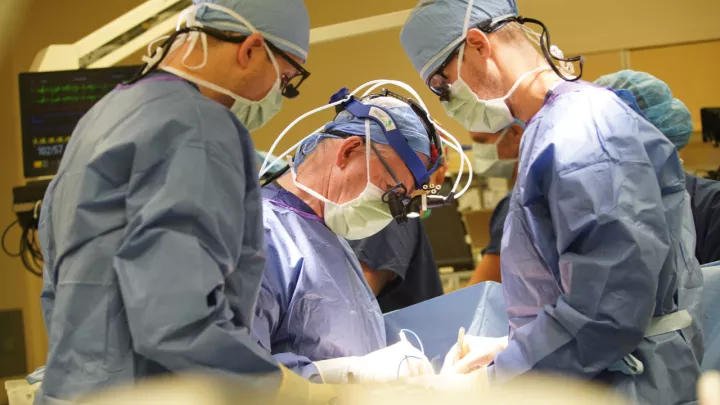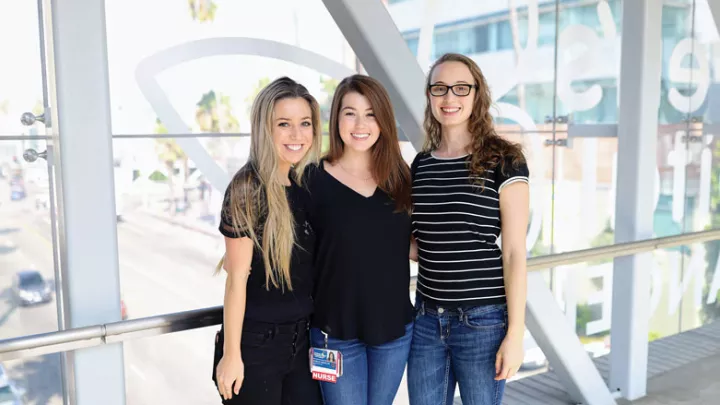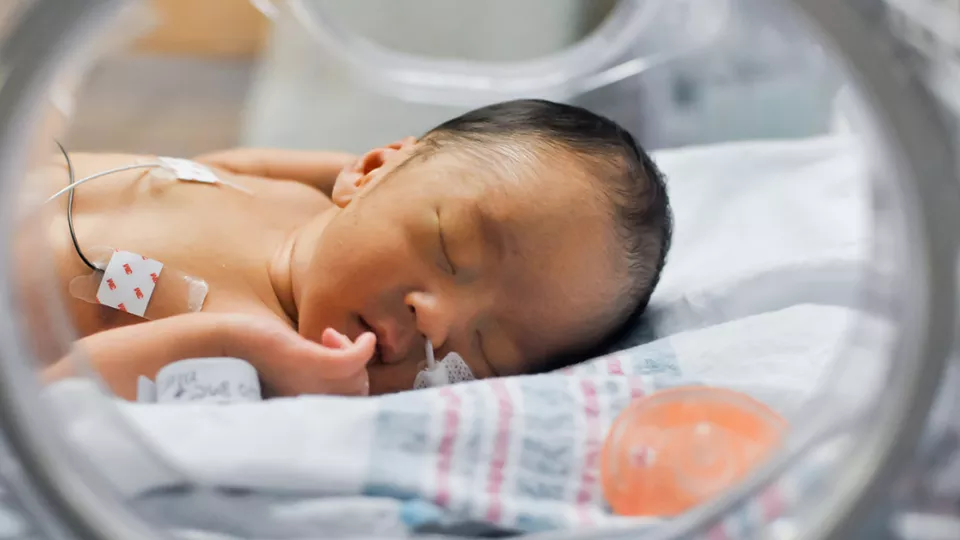
Team Approach Enhances Cardiac Critical Care for Children
Each year, The Thomas and Dorothy Leavey Foundation Cardiothoracic Intensive Care Unit (CTICU) at Children’s Hospital Los Angeles cares for approximately 900 critically ill children—including newborns with the most complex congenital heart defects, as well as those needing extracorporeal membrane oxygenation (ECMO).
To achieve the best possible outcomes for these fragile patients, the team takes a highly collaborative approach involving multiple specialties—while continually striving to improve and advance care.
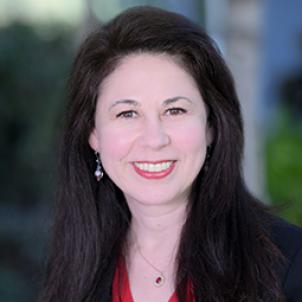
Those specialties include cardiothoracic surgeons, cardiologists, intensivists, anesthesiologists, nurses, pharmacists, dietitians, physical and occupational therapists and more.
“We are one big team,” says Sylvia Del Castillo, MD, Medical Director of the CTICU. “Quality improvement is embedded in everything we do, and we work very closely together to constantly strengthen the care we provide to patients and families.”
Reducing delirium
A major focus for the team in recent years has been finding ways to better detect, reduce and prevent delirium—a type of cognitive dysfunction that can arise in critically ill patients—and understand its impact on longer-term neurologic outcomes for children with congenital heart disease.
“This phenomenon has not been as well-studied in children, but research has shown that up to 25% of adults who had delirium while in intensive care still have decline in their cognitive function two years later,” says Lara Nelson, MD, an Attending Physician in the CTICU.
Dr. Nelson has been leading a multidisciplinary study at CHLA that is examining the likelihood children will experience ongoing cognitive deficits due to delirium. The team has been testing patients for cognitive dysfunction during their ICU stay, as well as three months after discharge, and is preparing to publish the results.
The CTICU also developed an addition to the electronic medical record that integrates patients’ pain, sedation, delirium and medication withdrawal scores—as well as sedation or analgesic medication they are receiving—into a single screen. This was done to improve neurologic monitoring and care during a child’s CTICU stay.

“Having that information on one screen is helpful because all of these factors interrelate to one another,” she explains. “It’s become a foundational piece of how we apply our clinical care.”
A key part of the effort to address delirium involves reducing sedation medicines, particularly opioids and benzodiazepines. In 2018, the team published a risk-stratified Withdrawal Prevention Protocol that demonstrated reduced duration of these medicines, a decrease in withdrawal symptoms and shorter hospital stays.
In addition, the group has incorporated occupational and physical therapy to prevent delirium, and Dr. Nelson is collaborating with child psychiatrists from across the country to develop new approaches.
“Early data suggest younger patients and those with developmental disabilities are the ones who are at greatest risk of delirium, but they’re also the most challenging to diagnose,” she notes. “We need to continue to evolve how we diagnose and treat this complication.”
Advancing ECMO treatment
The ECMO Program at Children’s Hospital Los Angeles is the largest in California, providing lifesaving heart-lung support to more than 1,400 children since 1987.
Designated as a Gold Level Center of Excellence for ECMO treatment by the Extracorporeal Life Support Organization (ELSO), the program includes 13 pediatric ECMO physician consultants—eight intensivists and five neonatologists—as well as a team of 20 ECMO specialists. These specially trained nurses and respiratory care practitioners conduct quarterly simulations, work closely with perfusionists and are dedicated to the care of ECMO patients.
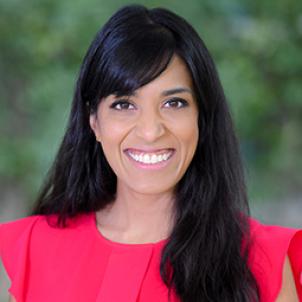
“Each of our ECMO specialists spends at least 150 hours a year caring for children on ECMO—three times the minimum national standard,” says Asavari Kamerkar, DO, Director of the ECMO Program. “This ensures that patients are treated by physicians, nurses and other practitioners who are experts in these very high-risk patients.”
In the past two years, the hospital has been among a handful of pediatric centers to implement a new, advanced ECMO pump. The machine allows for more efficient blood distribution, helping to reduce the risk of red blood cell destruction.
The new technology is also supporting quality improvement initiatives. “The machines have quality metrics built in,” she explains. “That allows us to more easily track these metrics and examine new ways to further improve them.”
For example, Dr. Kamerkar is partnering with hematologists and intensivists across the country and the national Pediatric Acute Lung Injury and Sepsis Investigators (PALISI) Network to study ways to reduce the risks of bleeding and related ECMO complications such as stroke.
Children’s Hospital Los Angeles is also part of the network’s Pediatric ECMO Research Collaborative and is participating in international, multicenter clinical trials aimed at enhancing ECMO outcomes.
‘A culture of openness’
Both the CTICU and ECMO quality improvement efforts benefit from the unit’s close working relationship between cardiologists, cardiothoracic surgeons and intensivists, as well as with nurses, pharmacists, therapists and other care providers.
“There’s a culture of openness here that ensures that everyone’s voices are heard and valued,” Dr. Nelson says. “We have flattened our hierarchy as much as one can flatten a hierarchy in medicine, and that has empowered the entire team.”
One example of that is nurse-led rounding, with nurses presenting the state of each patient to the team from their bedside perspective—a practice that has been standard in the CTICU for two decades. The team approach has also contributed to higher nurse satisfaction.
“Nurses consistently rank the nurse-physician relationship here as a key factor that engages them in their work,” says David Romberger, RN, MSN, CCRN, Director of the Heart Institute. “That close relationship is part of our culture and is an essential part of how we work.”
Amplifying all voices on the team—including nurses, pharmacists, therapists and more—is critical for ensuring the best outcomes, Dr. Del Castillo adds.
“The communication, collaboration and trust among our team members is vital in our treatment of these very sick and complex young patients,” she says. “We all come together with a common goal: to provide the best possible care for each child and family.”
